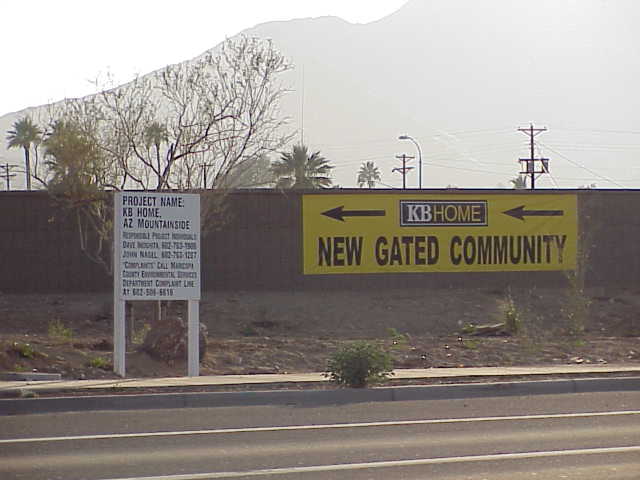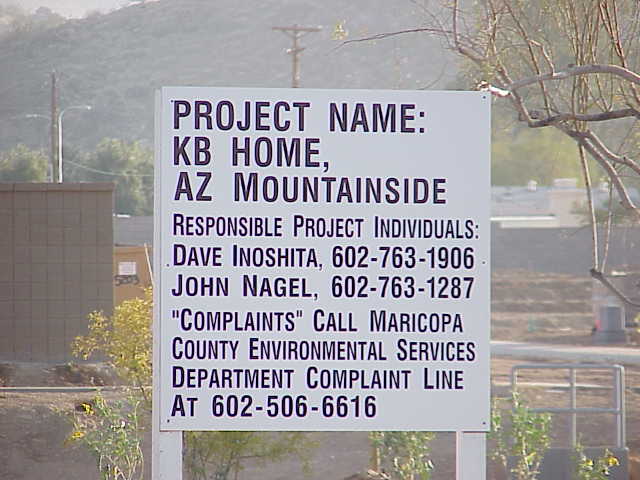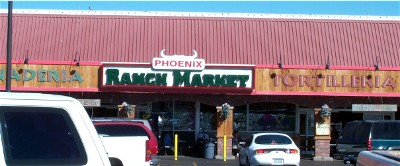![]()
FIELD DAY ANALYSIS: SOUTH MOUNTAIN VILLAGE CITY PLANNING, Part II
Cassandra Thielen
February 21, 2003
To
investigate further, our team interviewed a home owner in a pre-existing neighborhood
located on 7th Street just North of Dobbins Road.
In the year 1966, it cost this individual $12,000 to build this
reasonably sized home. A distinct
marker of older homes is the quality with which they were built.
Usually constructed of brick or block, these homes offer larger rooms and lot
sizes than do the new subdivisions. When
we asked him about property
taxes, this individual told us that his taxes owed to the city doubled in one
year. He could not give us an
estimate of what their home was worth, but why should they?
This family was comfortable and hadnít moved in over 40 years.
Due to the new development, they admitted their concern as to how much
more their taxes would rise and if retirement would even be possible.
City planners like Mr. Stephenson need to be aware of the circumstances
of the individuals
themselves, not just as a group. 
In the worst case scenario, this individual might not be able to afford to pay their taxes and would lose his home. Given the public housing regulations, these individuals may go without assistance from the city of Phoenix.

They might not qualify for any of the public housing available. Even if they would qualify for public housing assistance, what would they do in the meantime? Keep in mind, there are currently 22,000 people still waiting for assistance. However, there is hope for these residents. Before new developments can go in and build they have to apply for permits. Before they receive approval, a public hearing is held to ensure both sides are heard. When looking at it from a capitalistic view, which is essentially what our country is, the multi million dollar investors and developers without a doubt pull more weight within zoning limitations.
Another area of concern is the erroneous
belief that almost anyone can qualify and afford these new homes.
As Mr. Stephenson put it, even the "cashier clerk at the local supermarket"
can afford to own their own home. When
touring a local supermarket, the Phoenix Ranch Market, on the corner of Central
and Southern, we spoke with the store manager along with the owner and vice
president of the store (February 14).

These gentleman told our class that the cashiers started at $7.50/hour and depending on experience, could go up to $12.00/hour . Taking this into consideration, since this is a local supermarket, this equates to around $25,000 a year. These new affordable homes start at the low $100ís (in thousands) and go up to the high $200ís. Keep in mind that these new subdivisions include HOA fees and homeowners insurance added to the mortgage payment. After discussing this with fellow classmates, we realized that not even we (potential college graduates) working full time at these wages could afford to own our own homes. This is only one side of the coin. Those fortunate enough to own their own homes may not be so fortunate if they cannot afford to pay their increasing property taxes. Considering the factors involved, it may be a few years if not more before all parties in need of housing can be accommodated.
Despite the steady barriers posed against the indigenous individuals maintaining residency in South Mountain Village, there is an organization there to help. This entity is known as Habitat for Humanity. But, even this organization has it limits and requirements (to learn more about this topic click on the link below).






